Football, Finishing Basements, and Family: the Path that Led to Lanier United
At some point in your career, especially if you see some success, someone will ask “How did you get here?”
For some, their career paths look like the shot of an arrow-straight, and without varying off course. For others, it’s a more winding path, touching different industries, locations, even careers.
When I am asked this question, I usually just start with how I worked in construction, then went on my own, built houses, and then became a developer.
A straightforward answer.
However, as I was reflecting on this, I realized that my path started much earlier, with key events in my life shaping my trajectory and how I would find myself today.
Even from a young age, I was connected with real estate. In our early twenties, my brother and I tried to buy a rental house in Richmond, Virginia, but we were unsuccessful due to a negative inspection report.
In college, I played football and studied business. Even though I drew floor plans as a hobby, I knew I didn’t want to become an architect–but there was still an interest there.
After school I was hired by JE Dunn as field engineer. I had the opportunity to work on a number of incredible projects, including directly working under the Superintendent on the Kauffman Foundation building.
By day I was learning “in the field” with JE Dunn, at night I continued my education, taking evening blueprint reading class at MCC, and participating and graduating from UMKC’s Bloch School Executive MBA program.
I now possessed education and experience. Grateful to JE Dunn and everything I was able to accomplish there, I left and struck out on my own; I started with finishing basements in Johnson County subdivisions in order to gain confidence as a contractor.
I pivoted to new home building, using the same subcontractors and relationships I built with my basements, and continued to build in the luxury home communities of Kansas City like Highlands Ranch, Highlands Creek, Hallbrook and Woodland Reserve.
However–and here’s the part of the story that is so common to people everywhere–the Recession hit, and wiped out the homebuilding industry.
Now what?
After four years of successful homebuilding, building a name and experience for myself, I had to regroup.
In the back of my mind, I knew I always wanted to be a developer, but I also knew I needed the experience, credentials, and relationships in order to prosper. More than that, I was more than aware that the banks weren’t going to give me a chance until they saw that I could start and finish simpler projects.
So I stayed the course and knew what I had to do: I started buying and renovating duplexes in the Midwest; I brought on additional commercial construction techniques to get a strategic advantage, while I began developing key relationships with top subcontractors and materials suppliers both locally and across the country. This included companies such as Pella Windows, Kenny’s Tile, Miller Plumbing, Shamrock Cabinets and McCrae Lumber.
While increasing these relationships, I increased expenses so that all of my projects started to have more quality than those of my peers. I knew that was how I would be viewed as competent by the industry.
Early on, I made a conscious decision to concentrate on urban development, not suburban. I wanted to go where others wouldn’t go–maybe projects that were viewed as on the “wrong side of the tracks.” So that’s what I did–I would create a fantastic project, and then I would see the development community follow–because that area was now viewed as an “acceptable” area for real estate development.
I saw this happen with the Spectrum Apartment project in Richmond, VA, and it’s currently happening right now in the revitalization of downtown Kansas City, Kansas.
After 20 years in the game, I’ve served as a construction lobbyist on Capitol Hill, worked on multi-dollar projects, and developed a pipeline of 600 apartment units between the Midwest and Mid Atlantic.
I’ve had the pleasure to consult on some top iconic projects, such as the LA Rams stadium. I continue to leverage my experience in the field of consulting, and now speaking and board roles.
My journey certainly hasn’t been linear. But with my background, knowledge, and relationships, this is the part of the winding journey where I always knew I would be.


